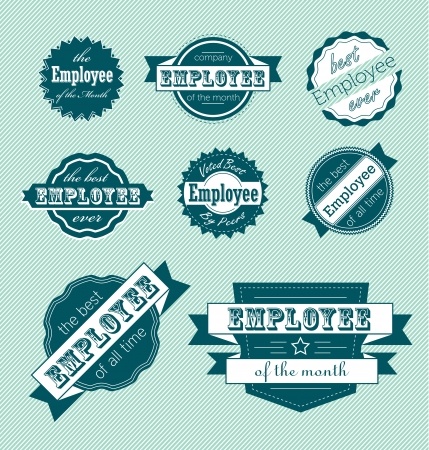 The holidays are gift-giving time. In the workplace gift-giving doesn’t mean you have to spend money to acknowledge the good works of employees. With reduced budgets and stretched resources, this is the perfect time to give what employees crave most.
The holidays are gift-giving time. In the workplace gift-giving doesn’t mean you have to spend money to acknowledge the good works of employees. With reduced budgets and stretched resources, this is the perfect time to give what employees crave most.
According to The Gallup Organization there are 22 million disengaged employees that cost the American economy up to $350 billion per year in lost productivity, including absence, illness, and other problems that result when workers feel unappreciated. Ninety percent of voluntary resignations are due in part or initiated because the employee feels under appreciated by their manager.
Recognizing employees for their unique contributions is easy and doesn’t have to cost a penny. In these challenging economic times, we need to look for ways to let employees know that they are valued more than ever. Here are ten ideas to try:
1. Duh…say thanks. In a recent survey sixty-three percent of employees ranked “a pat on the back” as a meaningful incentive. Saying thank you and meaning it is easy to do and can earn extensive goodwill. Call the employee to your office and just say thanks for a specific thing they’ve done. Nothing else should be the topic of the conversation.
2. Ring the Bell. When a team member does something of note or when a customer expresses thanks for someone’s work, ring a bell for the whole team to hear. Follow the ring with a quick announcement to the team about the person’s accomplishment.
3. Go behind the counter. As a manager it’s easy to lose touch with what it’s like to be “in the trenches.” On a regular basis, leave your office or work site and join the front line employees where they work. If you oversee a public service counter, go behind the counter and serve customers for awhile. Employees appreciate the time you spend with them and you will likely learn (or relearn) just how difficult their job is.
4. Invite an employee to join you. You can convey your value for a team member by inviting them to join you at important client meetings or higher level team meetings. By exposing them to a new group and new discussions, the employee gains a new perspective and you have a chance to show them off to others.
5. Drop in. When employees get face time with you, they are more likely to trust you and understand your perspective as a leader. From time to time, drop in on work crews that you don’t normally spend time with. Hang out for awhile. Learn what’s on their mind. Casual, no-agenda time can lead to productive conversations and connections.
6. It’s in the Name. When an employee creates a new form, process, approach, or other creative idea, name it after them. At staff meetings, in emails, and casual discussion, refer to the innovation as “Steve’s form,” “Judy’s process,” or “Jenna’s tool.”
7. You’re a Lifesaver. When an employee does something that really makes a difference for you or for the team, give them a pack of LifeSavers candies. Make sure you combine the gesture with a note or comment about what the employee did to save your life and why it’s important to you.
8. Party a little. Set time aside at the end of a special day or at the conclusion of a big project to celebrate the achievement of individuals and/or the team. Ask individual team members to share what their contribution to the project was and how it felt to be part of the accomplishment. Encourage the team to share stories or milestones along the way that were meaningful. Most of all have fun!
9. Start a Red Plate routine. Find a plate (or basket or bucket) and fill it with something yummy. This could be homemade cookies, candy, or healthier treats. At a staff meeting, give the plate to the one person who had a great week. Tell them publicly why you appreciate what they did. Tell them that their job is to watch their peers over the next week and be prepared to present the plate, refilled of course, to a teammate who excelled that week. The plate will continue to be passed from team member to team member and the recognition becomes the responsibility of the group and not just the responsibility of the manager. You can substitute the red plate for a stuffed animal, a fun trophy, or other item of interest.
10. Listen. We all need to know that what we have to say is important to someone. Each day, focus your attention on an employee conversation with the sole purpose of just listening to what they have to say. Enter the conversation with curiosity about how they view the world and how that viewpoint can enrich the team.
Recognition doesn’t have to be costly and it can go a long way to establishing a culture that is supportive, innovative, and productive. This holiday season, give the gift that employees really want: your attention and acknowledgement.



